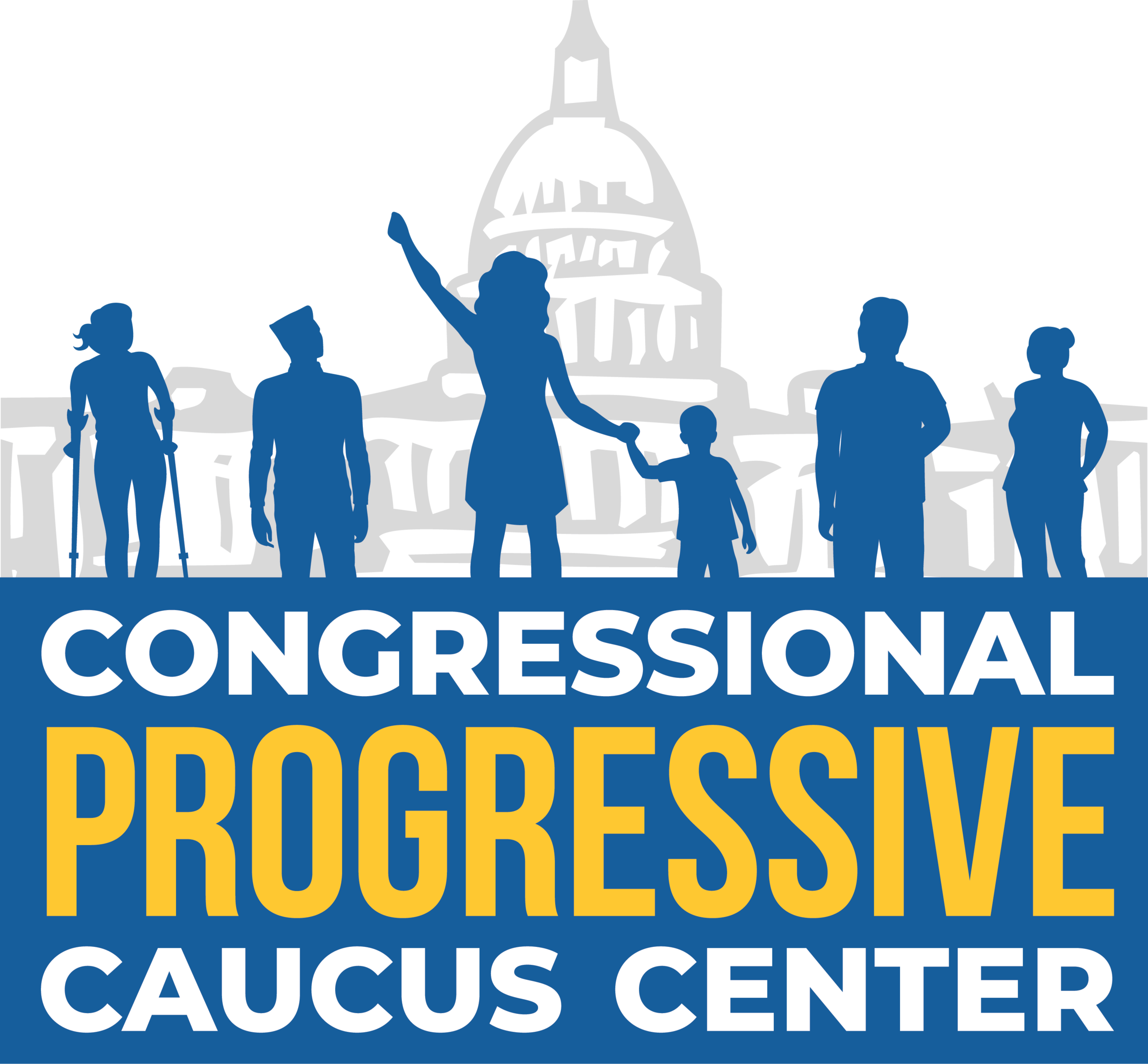Militarism at Home
Rather than meeting communities and people where they are, the militarization of local law enforcement has led to more violence in interactions with the justice system.
The Militarism at Home project analyzes how our bloated military budget impacts our communities here at home—from military-grade weapons flooding our communities to surveillance to militarized policing in our cities, on our borders, on Indigenous land, and more.
-
In this report, we present a clear overview of the federal programs and policies contributing to militarized law enforcement. In doing so, we draw a clear line between the budgets that support U.S. foreign policy and national security priorities and the local communities directly affected by these allocations.
This report is an overview of a series of four explainers exploring the link between the ballooning military budget and adverse outcomes for local communities. These explainers will examine critical issues surrounding Tribal policing, border communities and law enforcement, the 1033 and 1122 military equipment transfer programs, and the surveillance of Muslim communities.
-
This report presents a historical overview of the border, the creation of our modern border and immigration enforcement programs, and historical and ongoing decisions that led to border militarization. This report is the second installment of a series of five reports. Our first report provided a synopsis of the series and analyzed the connections between the ballooning military budget and adverse outcomes for local communities. The remaining three reports will examine critical issues surrounding tribal policing, the 1033 and 1122 military equipment transfer programs, and the surveillance of Muslim communities.
-
This report analyzes government programs that allow for the transfer or purchase of military equipment by state and local law enforcement agencies and the residual harmful effects these acquisitions have on communities. This report also explores how militarized police departments have historically been deployed to crack down on progressive social movements and the policy alternatives available to lawmakers to move away from militarized responses to public safety.
-
In this report, we explore the current sources of spending for several intelligence programs. We also call attention to historical examples of surveillance by the state and the tactics employed. Our report draws a clear connection between the taxpayer dollars spent on intelligence programs and the militarized surveillance of our neighbors and communities.





